Introduction to Decorative Cinder Block Caps
Decorative cinder block caps have become increasingly popular among homeowners and landscapers alike. Not only do they serve a practical purpose, but they also add a touch of elegance to your outdoor spaces. As someone who has worked on several landscaping projects, I can confidently say that these caps are more than just an afterthought; they are an essential element in creating a cohesive and visually appealing outdoor environment.
What Are Cinder Block Caps?
Before diving into the decorative aspects, let’s clarify what cinder block caps actually are. Cinder block caps are blocks made of concrete that are specifically designed to be placed on top of cinder block walls. They serve multiple purposes, including:
- Protection against weather elements
- Aesthetically enhancing walls and structures
- Providing a finished look to your landscaping
Benefits of Using Decorative Cinder Block Caps
Aesthetic Appeal
One of the primary reasons homeowners opt for decorative cinder block caps is their ability to enhance the aesthetic charm of outdoor spaces. With various designs available, you can choose caps that complement your home’s architecture.
Durability
Made from sturdy materials, these caps are designed to withstand harsh weather conditions, ensuring longevity. In my own experience, I have seen many caps last for years without showing significant wear.
Cost-Effectiveness
Adding decorative caps can significantly boost your property’s value without breaking the bank. This is a win-win situation for homeowners looking to improve their outdoor aesthetics.
Types of Decorative Cinder Block Caps
Standard Concrete Caps
Standard concrete caps are the most common type and offer a clean, functional look. They can be painted or stained to match your decor.
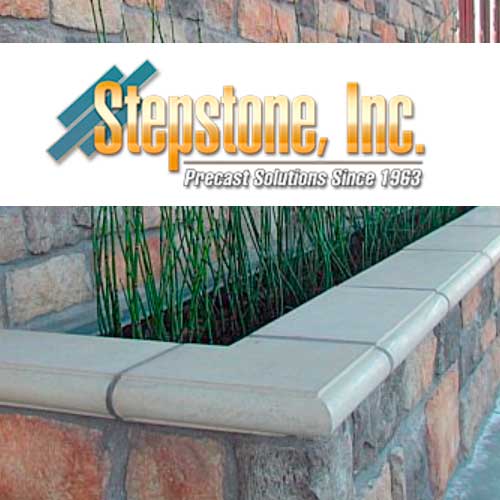
Colored Caps
For those who wish to add a splash of color to their outdoor spaces, colored caps are available. They come in a variety of shades and can make your blocks stand out.
Textured and Patterned Caps
Textured caps provide a unique feel and look, mimicking materials like stone or brick. These are ideal for creating a rustic charm.
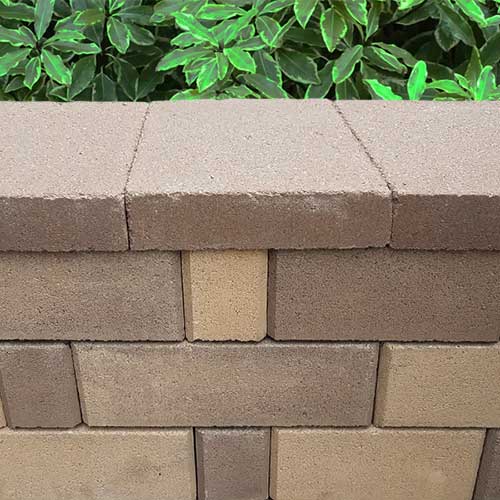
Custom-Made Caps
If you’re looking for something truly unique that fits your specific needs, custom-made caps might be the best choice. They can be designed to match any dimension or aesthetic requirement.
Choosing the Right Decorative Cinder Block Caps
Consider Your Landscape
Your landscape plays a crucial role in choosing the right caps. Ensure the caps you choose will complement plants, pathways, and your overall design.
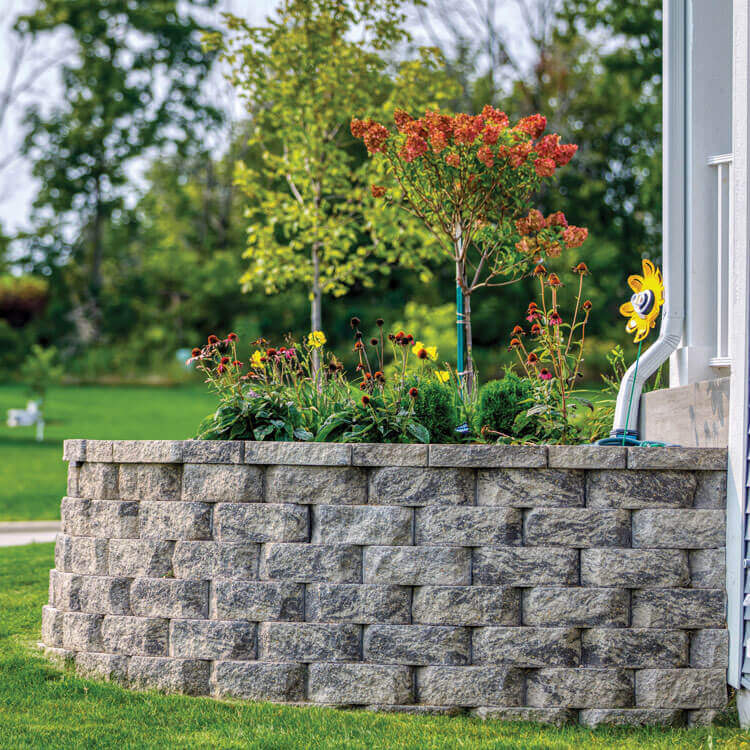
Think About Functionality
While aesthetics are important, functionality should not take a backseat. Ensure the caps you choose provide adequate protection against the elements.
Match Style with Architecture
Your home’s architecture can dictate the style of caps you choose. A modern home may benefit from sleek, minimalist caps, whereas a Victorian-style home would look great with ornate, detailed caps.

Installation of Decorative Cinder Block Caps
Installing decorative cinder block caps can be a DIY project or you may opt to hire professionals. Here’s a breakdown of the installation process:
Tools Required
- Concrete adhesive
- Level
- Trowel
- Measuring tape
- Safety equipment (gloves, goggles)
Step-by-Step Installation Guide
- Clean the top surface of the cinder blocks.
- Apply a thin layer of concrete adhesive on the top of the blocks.
- Place the decorative caps on the adhesive, ensuring they are level.
- Allow the adhesive to cure as per manufacturer’s instructions.
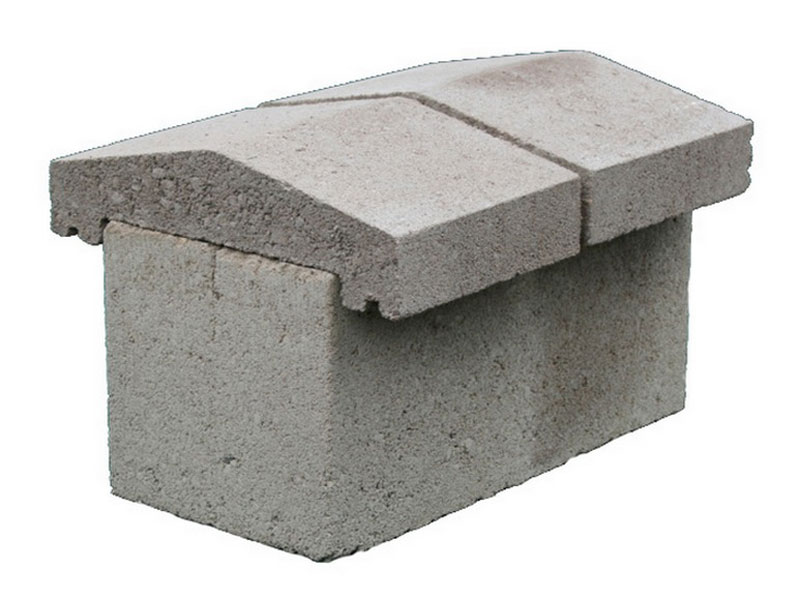
Common Mistakes to Avoid
- Skipping the cleaning step can lead to poor adhesion.
- Not checking the level of caps during installation may result in uneven surfaces.
- Using the wrong type of adhesive can compromise durability.
Comparison of Decorative Cinder Block Caps
| Type | Aesthetic Appeal | Durability | Cost |
|---|---|---|---|
| Standard Concrete Caps | Basic | High | Low |
| Colored Caps | Moderate | High | Medium |
| Textured Caps | High | Medium | Medium |
| Custom-Made Caps | Very High | High | High |
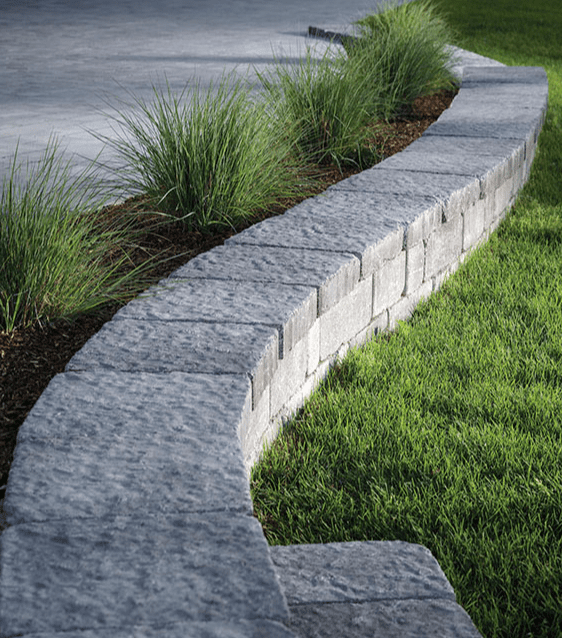
Pros and Cons of Decorative Cinder Block Caps
Pros
- Enhances the overall look of outdoor spaces
- Provides protection against weather damage
- Variety of styles to choose from
- Can increase property value
Cons
- Initial installation cost can be moderate to high
- Some materials may require maintenance over time
- Improper installation can lead to issues
Maintenance Tips for Decorative Cinder Block Caps
To ensure your decorative caps maintain their beauty and function, follow these maintenance tips:
Regular Cleaning
Use a mild detergent and a stiff brush to keep them clean and free from dirt and grime.
Inspect for Damage
Regularly check for cracks or chips and repair them promptly to prevent further damage.
Sealants
Consider applying a sealant every few years to protect against moisture and stains.
Personal Experience with Decorative Cinder Block Caps
During one of my recent landscaping projects, I had the pleasure of working with decorative cinder block caps. We opted for a textured design that beautifully complemented the surrounding garden. The client was thrilled with the result, stating that the transformation was beyond their expectations. This experience underscored the importance of selecting the right caps in enhancing the overall appeal of outdoor spaces.
FAQs About Decorative Cinder Block Caps
What materials are decorative cinder block caps made from?
Decorative cinder block caps are primarily made from concrete, but they can also be found in materials like stone and brick for a more refined look.
How much do decorative cinder block caps cost?
The price can vary widely depending on the type of cap, size, and design. On average, standard concrete caps may cost between $1 to $5 per piece, while custom-made options may go upwards of $20 each.
Can I install decorative cinder block caps myself?
Yes, many homeowners successfully install caps themselves, but it requires some basic tools and attention to detail. If you’re unsure, hiring a professional is a good option.
Do decorative cinder block caps require maintenance?
Yes, regular cleaning and occasional sealing can help maintain their appearance and durability.